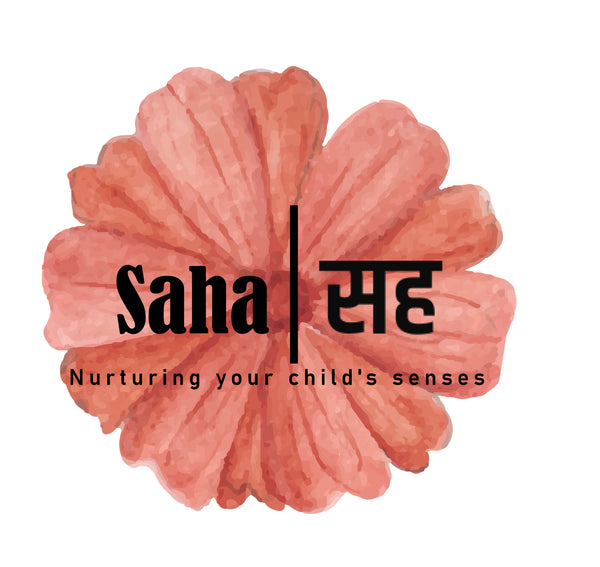
Encouraging Child-Led Play: Nurturing Independent Growth
Share
Child-led play is a transformative approach to fostering creativity, confidence, and independence in young children. This play style allows children to take charge of their activities, pursuing interests at their own pace. By encouraging child-led play, caregivers can help children build critical life skills such as problem-solving, communication, and emotional regulation.
What is Child-Led Play?
Child-led play refers to an unstructured play where children determine the theme, pace, and direction of their activities. It could be as simple as creating stories with wooden blocks or role-playing as superheroes. The caregiver's role is to observe, support, and participate without steering the activity.
This type of play emphasizes the process rather than the outcome. Children learn to think independently and creatively, developing resilience and focus. It’s not about buying elaborate toys but about fostering an environment where curiosity thrives.
How to Foster Child-Led Play
Here are actionable tips for parents and caregivers:
- Follow Their Interests: Start by observing what captures your child’s attention. It might be a fascination with stacking blocks or pretending to run a shop. Let them guide the play.
- Create a Safe and Stimulating Environment: Use open-ended materials like wooden toys, fabric, and art supplies. These inspire creativity and allow children to shape the play experience.
- Limit Interference: Resist the urge to direct or correct their activities. Instead, ask open-ended questions like, "What happens next?" to encourage storytelling or exploration.
- Be Attentive, Not Controlling: Engage actively by mirroring their actions or expanding on their ideas, but don’t dominate the play.
- Adapt Play for Individual Needs: If your child has sensory preferences or developmental differences, tailor the environment to their comfort. For example, use quiet spaces or adaptive tools for inclusive play.
Benefits of Child-Led Play
- Cognitive Development: Open-ended play helps children solve problems, experiment, and think critically.
- Emotional Growth: Being in charge of their activities strengthens self-esteem and emotional resilience.
- Stronger Bonds: Caregivers who participate in child-led play build deeper connections with their children, promoting trust and communication.
- Creativity and Imagination: Children use their imagination to create scenarios, fostering a sense of wonder and innovation.
Examples of Child-Led Play in Everyday Life
- Imaginative Play: A child pretends a cardboard box is a spaceship. Caregivers can ask, “Where are we traveling today?” to enhance the narrative.
- Artistic Exploration: Offer simple materials like crayons or natural dyes. Let the child decide what to create without worrying about the outcome.
- Outdoor Play: Let your child explore the backyard or park freely. Encourage them to collect leaves or observe insects, leading to natural discoveries.
Overcoming Challenges
Caregivers may initially find it challenging to step back, especially if they’re used to structured activities. Trusting the child’s instincts and learning to value unstructured time are key. Additionally, reducing screen time and providing diverse play opportunities can facilitate child-led exploration.
By embracing child-led play, we empower children to grow into confident, creative, and independent individuals. It’s a simple yet powerful way to nurture holistic development.
References
Good2Know Network. (n.d.). Understanding child-led play and its benefits for learning in early childhood. Retrieved December 5, 2024, from https://good2knownetwork.org/understanding-child-led-play-its-benefits-for-learning-in-early-childhood/
Raising Children Network. (n.d.). Letting your child lead play. Retrieved December 5, 2024, from https://raisingchildren.net.au/guides/activity-guides/imagination-and-make-believe/letting-your-child-lead-play
Playgroup WA. (n.d.). Benefits of child-led play. Retrieved December 5, 2024, from https://www.playgroupwa.com.au/benefits-of-child-led-play/
